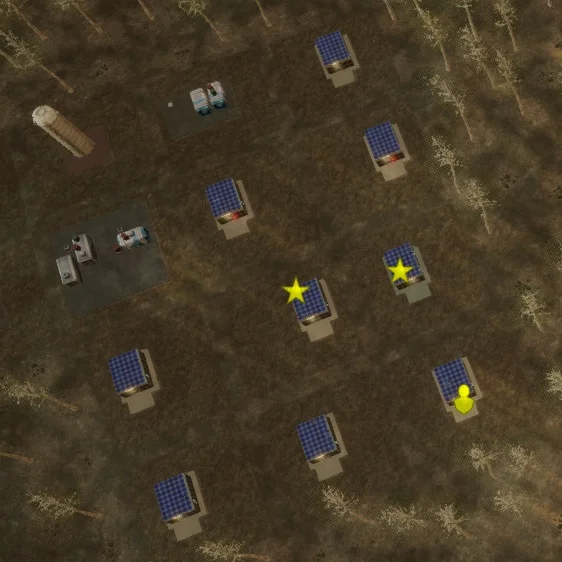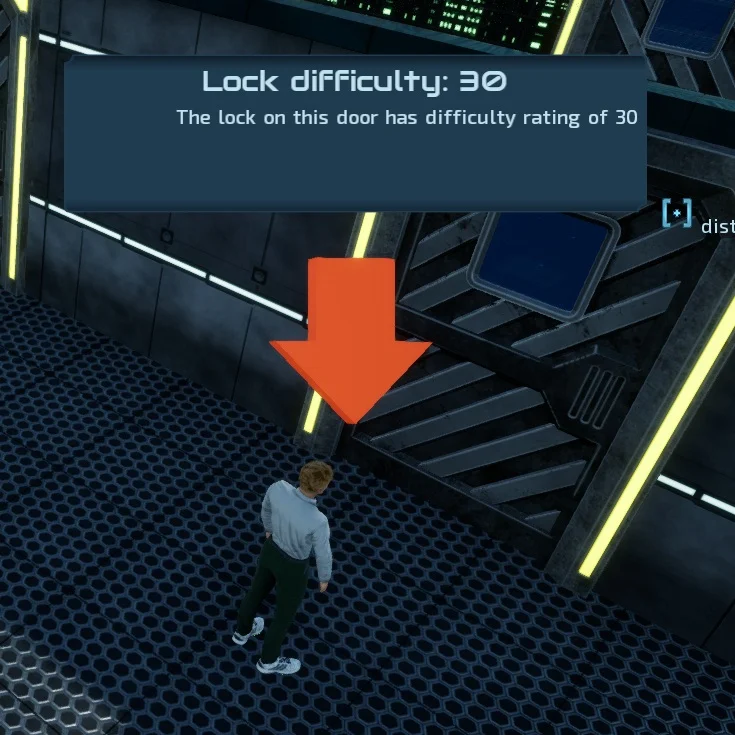Spy DNA game tech
Everything in a game has to be created from scratch, either by you or by someone else: walls, floors, furniture, weapons, and of course the characters themselves. The game has to be able to think and make decisions for all the non-player characters (NPCs) and also simulate the world in which the game takes place.
Built for PC
Spy DNA will be available to play on Windows PC platform. Ports to Mac, Android, or iOS are planned if there is market demand.
SpyDNA development stack
Microsoft Visual Studio
Autodesk Entertainment Suite
Adobe Creative Cloud
Corel Creative Suite
Reallusion iClone and Character Creator
P4v Perforce version control
C++ custom code
Intel Hardware
Unreal Engine 4
The game logic is 100% C++ for best performance. Going with C++ also allows the team to customize the engine to bring about some of the unique gameplay functions in Spy DNA, such as their damage model and enhanced fog of war.
Artificial intelligence (AI)
A good Artificial Intelligence (AI) is critical if we want to make the game fun and challenging for players, whatever difficulty they choose. The AI will control both the enemies as well as neutral and friendly NPCs, and be able to adjust on the fly, based on the player’s actions and commands.
Weapons are based on physical models
We have a physical model for each projectile that is fired by any weapon in the game. This means they can interact more realistically with armor, the environment, and yes, your character.
World
The game world is a true 3D world. Characters can move freely and are not restricted to a positional grid.
Current state of the project
Spy DNA has been in development since 2015. The team has been at full strength (of two) since Jason joined in February 2016.
We’ve been documenting our progress in the monthly dev.update newsletter and on our blog.
Meet the team
Shy Snake is made up of two people, who also happen to be married. We use independent contractors for asset creation.
Jason Sams: Game developer and enthusiast.
Got started in software development writing games on a TRS-80 model 3 and later Apple IIc and then PCs. Spent time as a specialist in computer graphics at Be where he created the OpenGL hardware driver and wrote the 3Dfx and ATI Radeon drivers. Worked on performance issues as part of OpenGL team at NVIDIA. Led the team that created the CPU and GPU compute runtime for Android OS at Google.
Now Jason is back doing what he enjoys most: writing games.
Alex Maier: Game designer. Community marketing professional. Open source believer.
Spent most of her career building user and developer communities for companies like Red Hat, VMware, and Google, as well as startups. In free time, Alex enjoys writing short stories, drawing, and painting, which she’s had a passion for ever since she could hold a pen in her hand :)
With Spy DNA, Alex can finally pursue her artistic passion full-time by writing the story, dialog, and creating the levels for the game.











